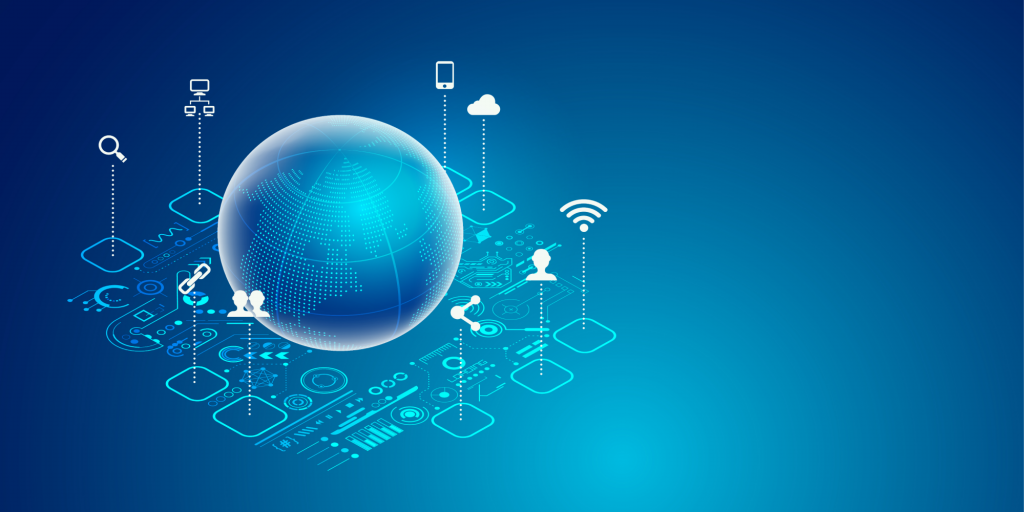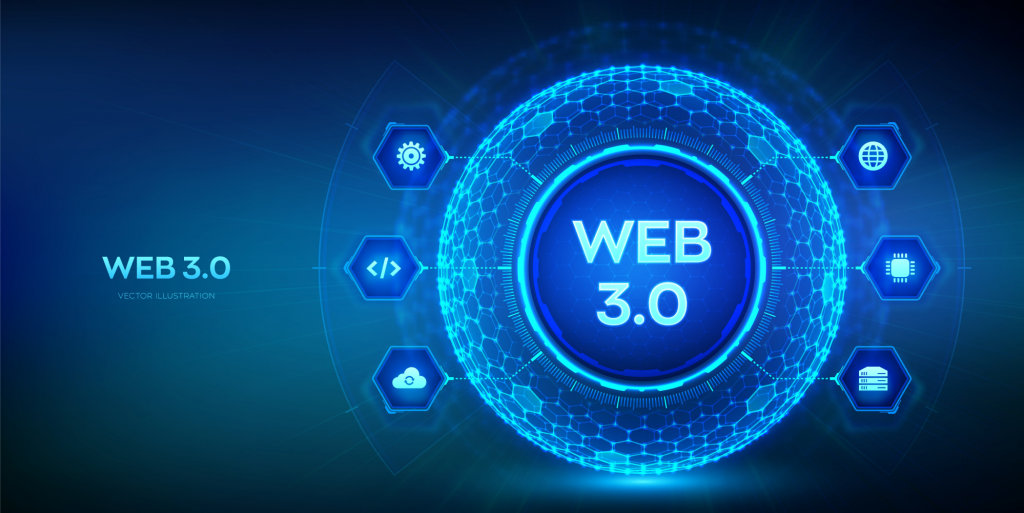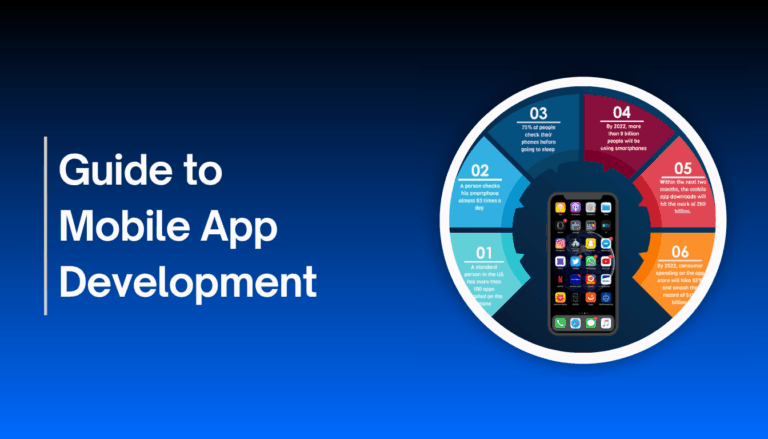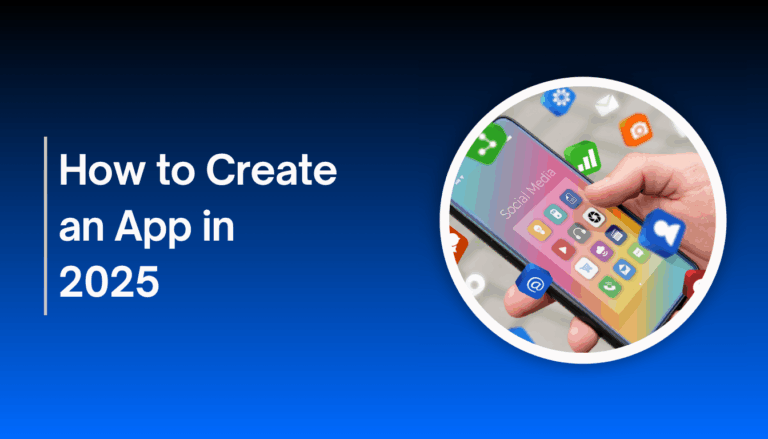Atlanta is rapidly becoming a major tech hub, with a rising need for proficient app developers. As companies...
Read MoreMobile App & Web Development Services Company
-
+1 (914) 685 5667+1 (914) 685 5667
How Web 3.0 Arrival Is Changing Business Models?
- By: bigboss

Table of Contents
What Is Web 3.0?
Web 3.0 is the third generation of the World Wide Web. It is a vision of a future web that is more decentralized, more open, and more connected. The first generation of the web was web 1.0, which was focused on information and content. The second generation, web 2.0, was focused on social media and collaboration. Web 3.0 is focused on the “semantic web” – a web of data that can be understood by computers. This data can be used to create new applications and services that were not possible before. Web 3.0 has the potential to change the way we use the internet and how we interact with each other.
Web 3.0 is the next stage of the internet, where users will have more control over their data and how it is used. In the current web 2.0 model, internet users are the product, with their data being collected and sold to the highest bidder. In contrast, web 3.0 will be a more decentralized web, where users will be able to own and control their data. This will allow for a more democratic internet, where users will have more say in how their data is used.
While web 3.0 is still in its early stages, there are already several projects and initiatives underway to make it a reality. One of the most promising is the development of blockchain technology, which has the potential to create a more secure and decentralized internet.
Web 3.0 refers to the development of web technologies that are focused on creating a more efficient, user-friendly experience for users and businesses alike. These technologies include:
- Connectivity: The ability of an application or website to connect with other services on the Internet through APIs (Application Programming Interfaces). For example, if you create an app that allows people to order flowers online, you could connect it with other flower delivery services so that users can easily order flowers from multiple sources at once. This connectivity makes it possible for apps like this one to scale up very quickly—and even allow them to be used across different platforms (mobile devices and computers).
- Data Storage: The ability for applications like the one mentioned above to store data in an easy-to-access format on servers around the world instead of just being stored locally on the device itself. This saves time and money when processing orders because there isn’t any need

Evolving Businesses With Advent Of Web 3.0
The Internet is a big place. It’s home to more than a billion people who have access to the same amount of information, and it’s also home to over two trillion websites and apps. It’s no wonder, then, that the Internet has become an integral part of our lives. We use it for socializing, shopping, work, and play—and even for business. But how will Web 3.0 impact business models?
The answer lies in the concept of micro-transactions: small payments made by consumers on any platform they choose at any time they choose. There are many ways this could change how businesses operate, but one of the most notable is through increased competition between brands and merchants. This can result in lower prices for consumers and increased profits for businesses that specialize in selling goods or services within one platform (e.g., Amazon).
Web 3.0 is an Internet of things (IoT) based on the third generation of the World Wide Web. It is a new paradigm that allows for the construction of decentralized applications and services, which are made up of multiple nodes with almost no centralized control. This new paradigm has the potential to revolutionize how businesses are conducted and structured. With this shift in technology, companies can benefit from new business models by offering users better access to their products or services.
Makes It Easy To Build Their Tools
Leverage Full Potential Of Your Business By Creating An Innovative Mobile App That Can Contribute To The Growing Market

Help To Connect With New Market
Make Communication Simple & Easy
In recent years, the world has experienced a huge shift, as the internet has become more and more intertwined with our daily lives. The advancements of Web 3.0 have allowed us to interact with each other in new ways, and it’s changed how businesses operate and grow. As web 3.0 tools become more accessible, they allow businesses not only to reach new markets but also help them communicate more effectively with existing ones—which means that businesses will be able to better understand what their customers want and need from them, as well as improve how they interact with those same customers in real-time.
Improves Interaction With Customers
Web 3.0 – Across Different Industries

Social Media
Currency Exchange Service
Messaging Platforms
Messaging platforms are very important parts of our lives. All of us may agree with the fact that our lives are incomplete without Facebook Messenger and Whatsapp. At workplaces, we use Slack and Telegram as a way to communicate with other people at the office. In short, we use different messaging platforms in our daily lives.
Though there are a few negative reports about these messaging platforms, there are two prevalent issues with these platforms that message app users continue to suffer- dependency on centralized solutions and unsafe data transmission. It makes the platforms vulnerable to becoming a victim of data loss by hackers. The best solution to this problem is creating decentralized messaging apps driven by Web 3.0 technology.
Data Storage
Final Words
Leverage Full Potential Of Your Business By Creating An Innovative Mobile App That Can Contribute To The Growing Market

Read More Blogs
The Ultimate Guide to Mobile App Development in 2026
In 2026, the reliance on mobile applications has reached new heights. With over 1.8 million apps on the...
Read MoreHow to Create an App in 2025 With Zero Coding Knowledge
The no-code revolution is reshaping how we develop applications. Did you know that over 13 million apps are...
Read More







